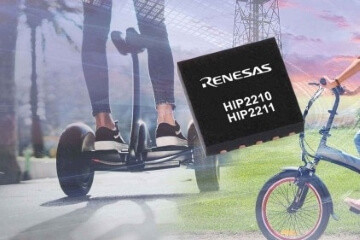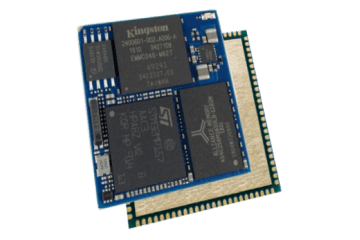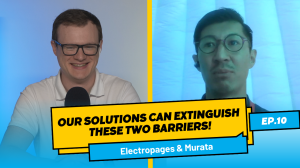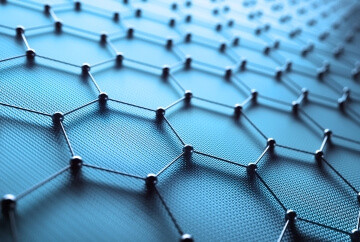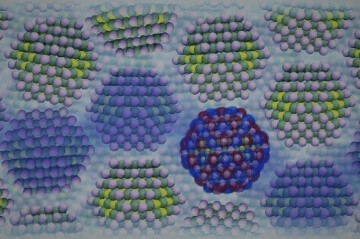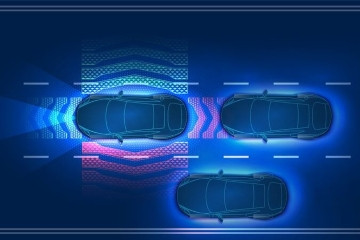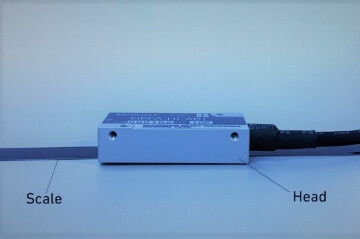Electronics Articles
Electropages Insights Blog covers the latest in electronic design through webinars and articles. Delve into topics from sensors to AI implications. Stay ahead with Electropages.
Infineon and Blumio have teamed up to develop a non-invasive radar-based blood pressure sensor that allows for continuous blood pressure monitoring. How do traditional blood pressure monitors work, what does radar do differently, and how will it enable wearabl...
By Robin Mitchell | 20-07-2020
Single-Atom Gas Sensor For Detecting Disease Sensors have been scaling down in size for many years now, with ultrasmall active sensing elements becoming commonplace. Over the years, advanced fabrication methods have contributed to sensors which use smaller act...
By Liam Critchley | 20-07-2020
Renesas announced their latest half-bridge MOSFET drivers with up to 100V operation. What are half-bridge drivers, why are they important, and what features do the Renesas devices provide? Half-Bridge and Full-Bridge Drivers A half-bridge circuit, at its essen...
By Robin Mitchell | 20-07-2020
Direct Insights released their latest System-on-Module combining an ST32M1, up to 512MB of RAM, and 4GB of FLASH. What are SoM’s, how are they useful in designs, and what does this new SoM provide for engineers? What are SoCs? The term SoC, which stands for Sy...
By Robin Mitchell | 17-07-2020
Electropages Podcasts
Electropages Podcasts
Researchers from Iowa have demonstrated a low-cost food safety sensor using graphene. What current research exists around food sensors, and how will they change the food industry? Food Sensor Technology It is truly amazing to see how far electronics have come...
By Robin Mitchell | 17-07-2020
Researchers from ETH have revealed their development of a theory that explains how nanocrystal semiconductors work. Why is this work necessary, and how will it help engineers of the future work with nanocrystals? Traditional Semiconductor Theory While semicond...
Semiconductors | By Robin Mitchell | 16-07-2020
Michigan has banned businesses from forcing employees to be microchipped. What are implantable microchips, how do they work, and why has Michigan banned their forced use? Implantable Microchips Implantable microchips are RFID devices designed to be implanted i...
By Robin Mitchell | 16-07-2020
NXP has announced the launch of three Bluetooth LE MCUs for use in the automotive and industrial sectors. What features do these MCUs boast, and how will they help their targeted applications? Bluetooth When it comes to radio communication, there are a wide va...
By Robin Mitchell | 16-07-2020
II-VI announced that it has licensed SiC technology from GE to produce SiC devices. What applications does SiC benefit, who are II-VI, and why are they licensing the technology from GE? What is SiC Technology? Silicon Carbide is a crystalline semiconductor con...
By Robin Mitchell | 14-07-2020
This month, Mitsubishi will launch a marketing campaign for its latest precision position detectors. What makes this precision detector different from others, and how can it benefit those in automation? Linear Motion Positioning Precision positioning systems a...
By Robin Mitchell | 14-07-2020
With security becoming an increasingly important aspect to product design, Infineon have announced that they will be including Semper Security into their NOR Flash memory. What is Semper Security, and how is the inclusion of Semper into NOR Flash memory demons...
Security | By Robin Mitchell | 13-07-2020
Qualcomm announced that 5G is be taken beyond their flagship products with the Snapdragon 690 being the first. What is the Snapdragon 690, and how will it help designers cope with modern technological challenges? The need for 5G The pace at which technology is...
5G | By Robin Mitchell | 11-07-2020



